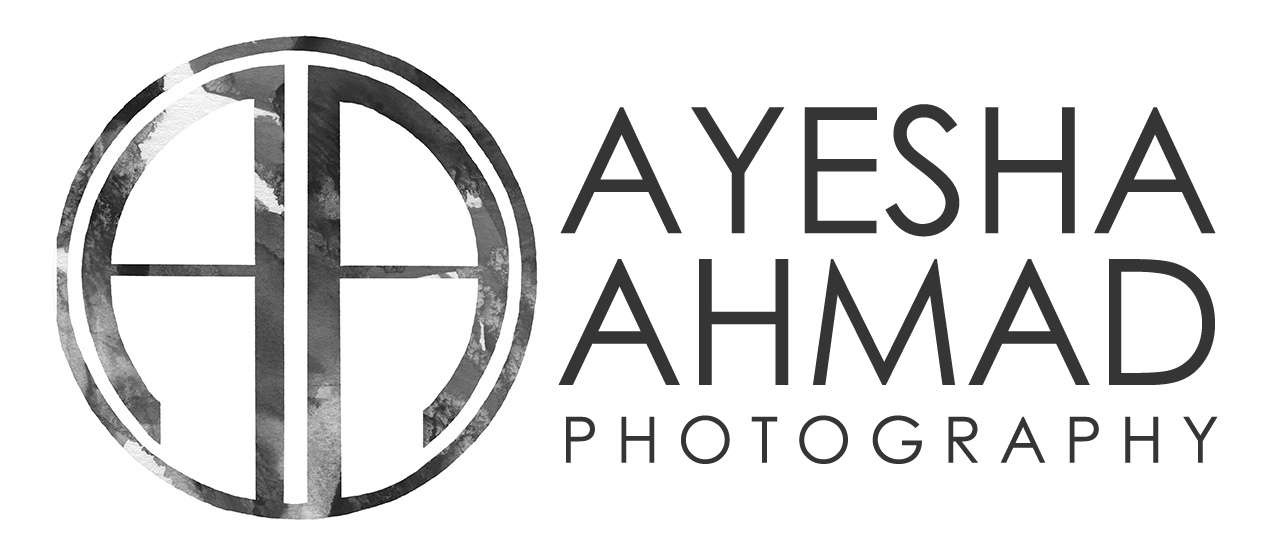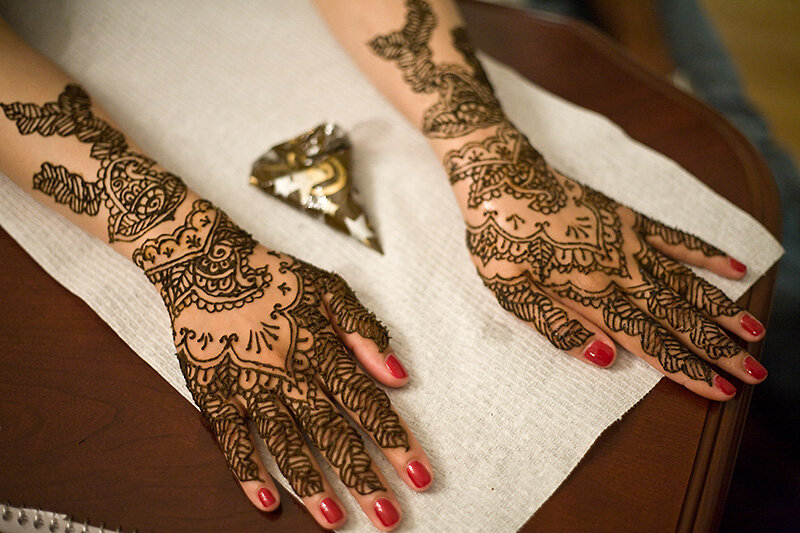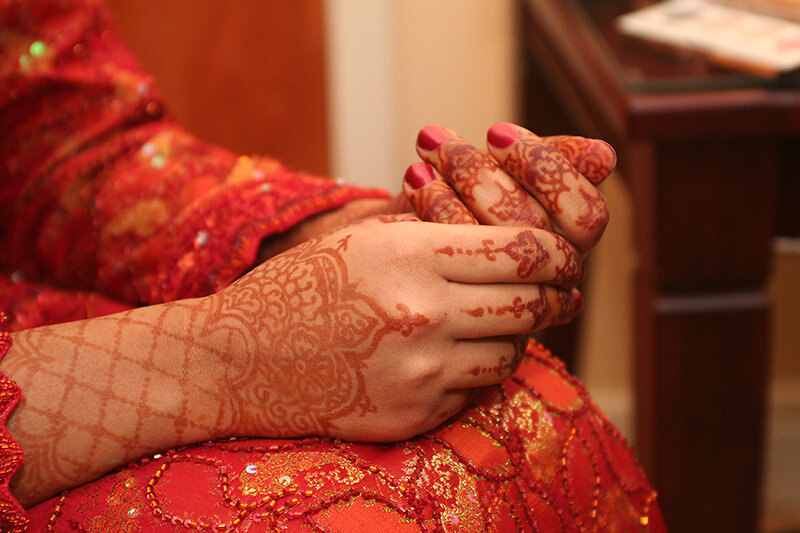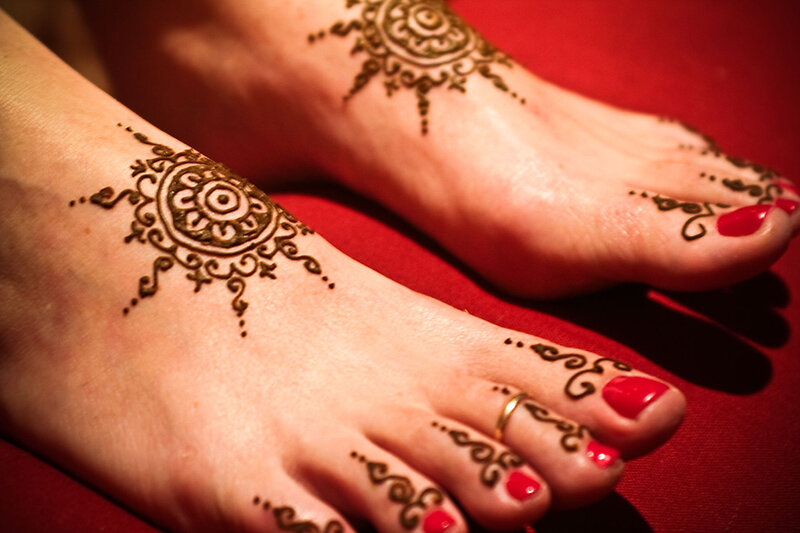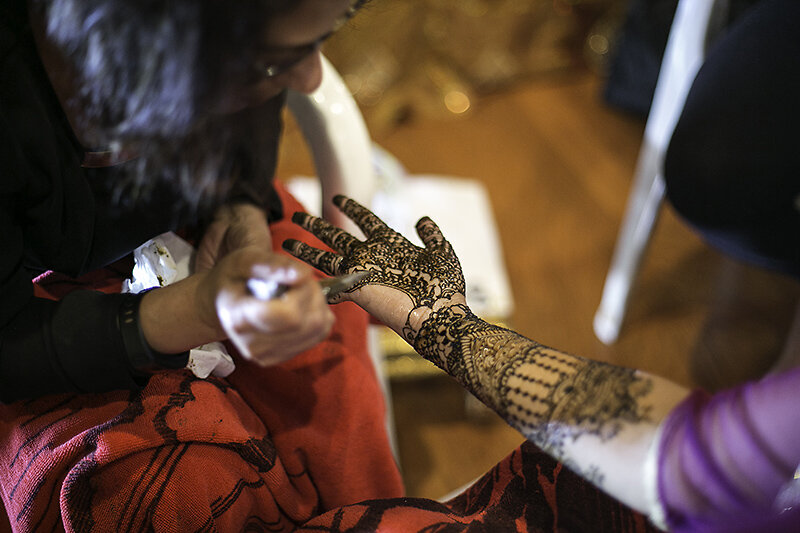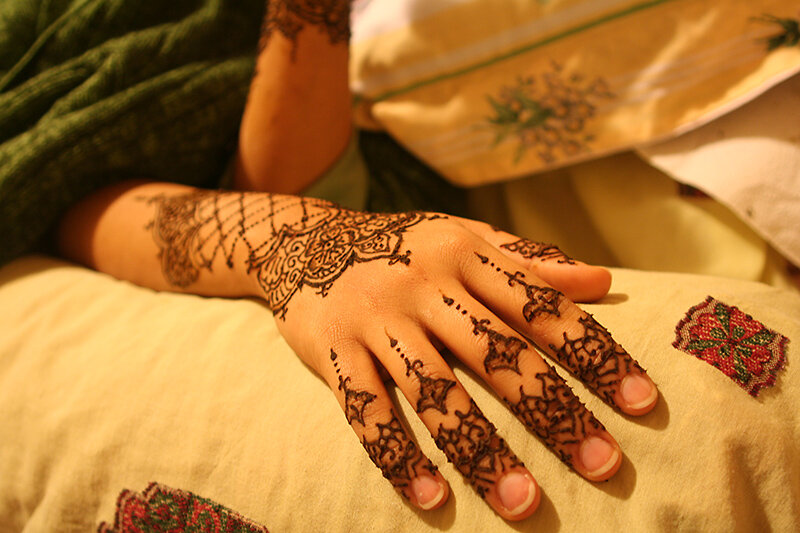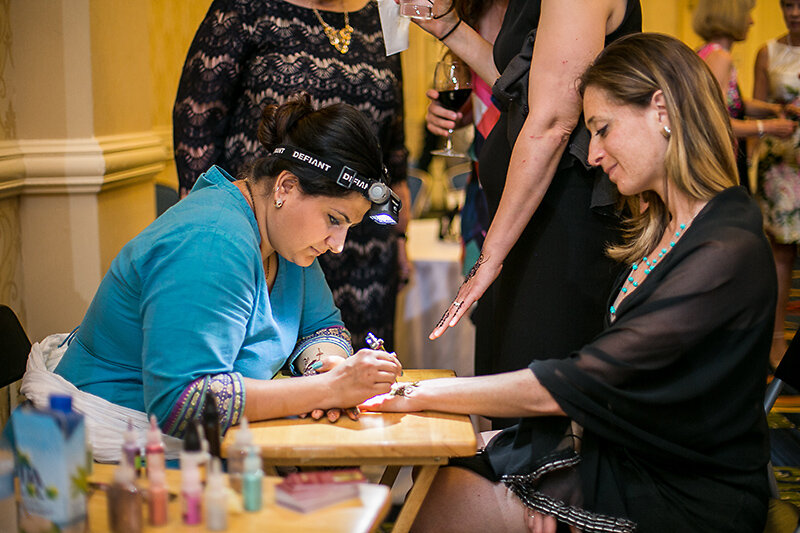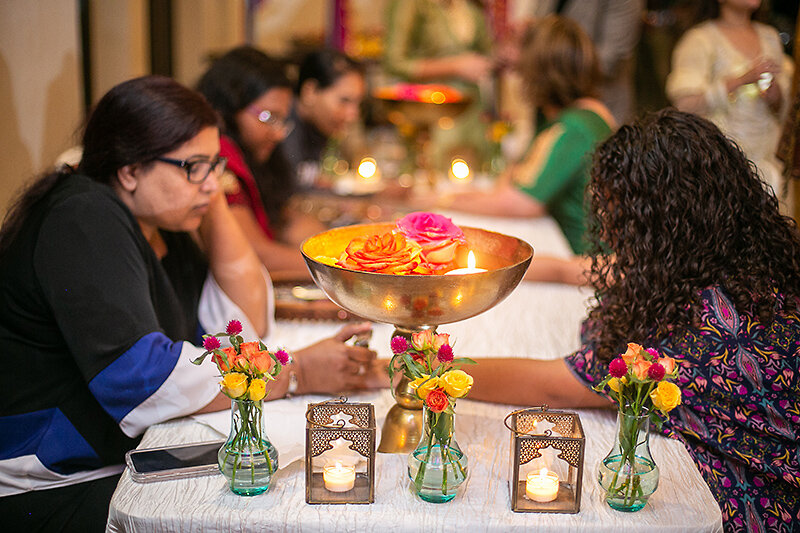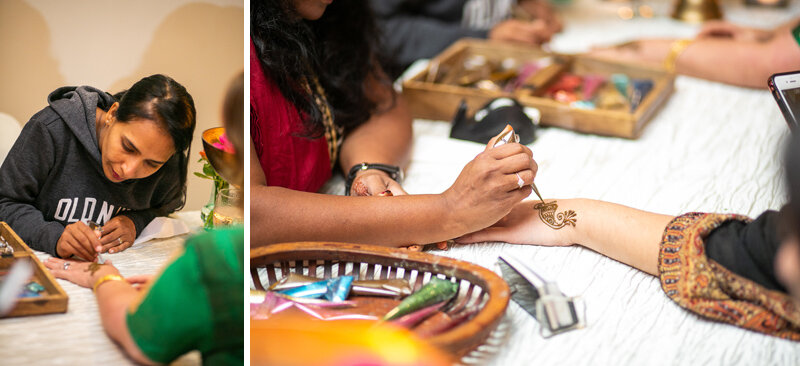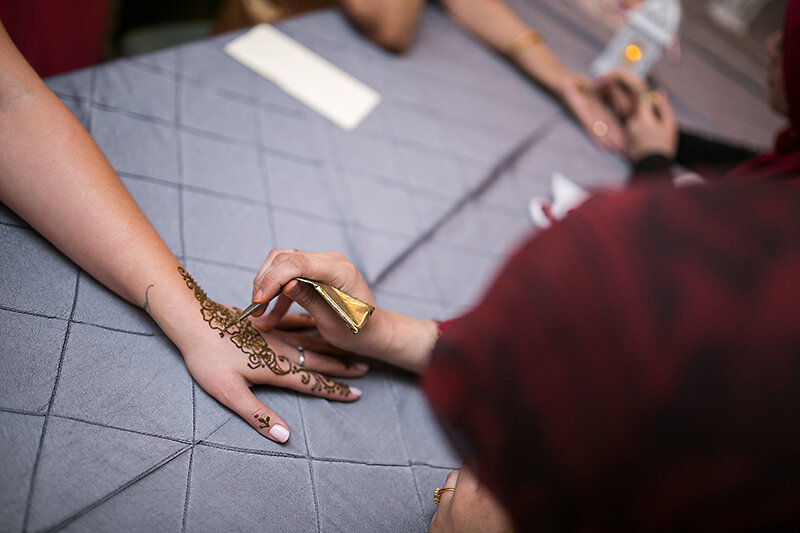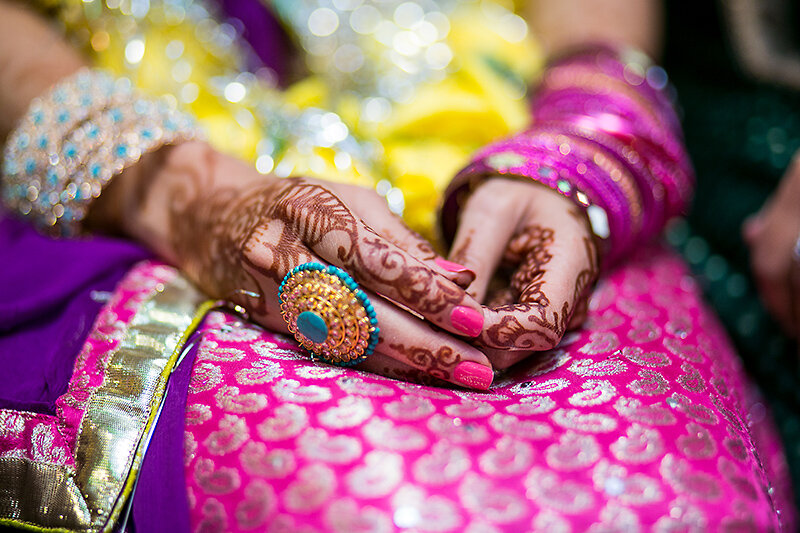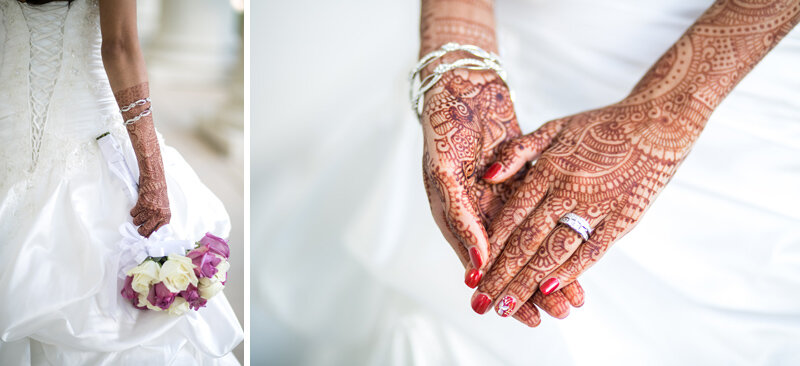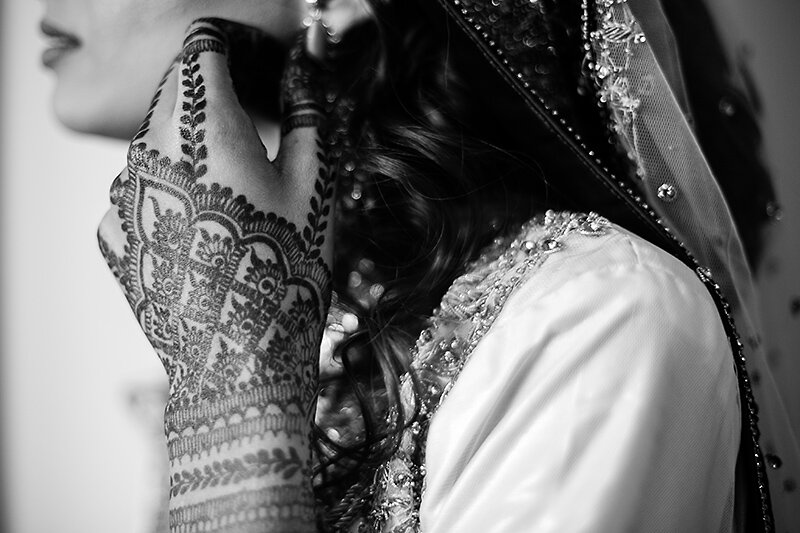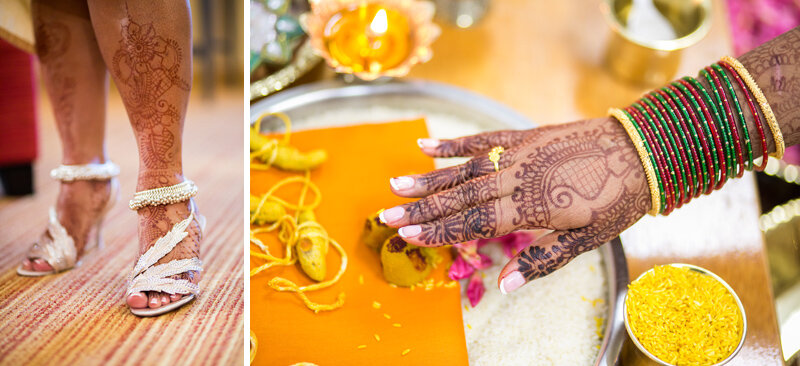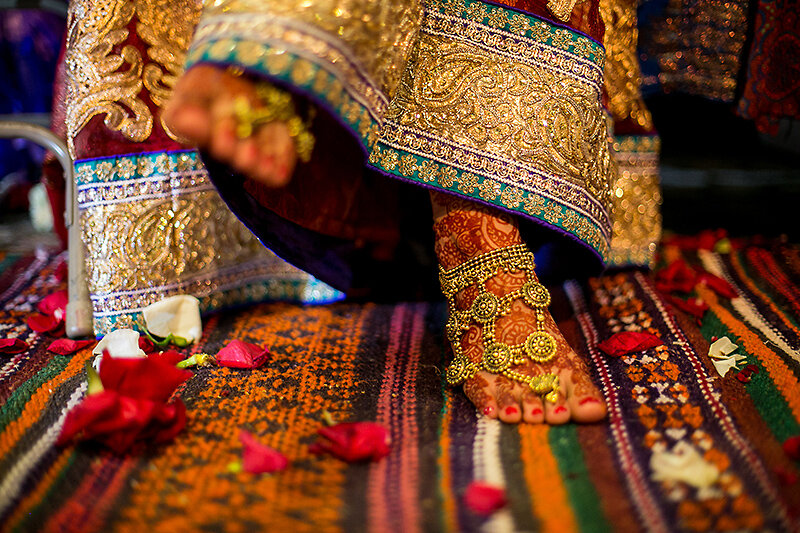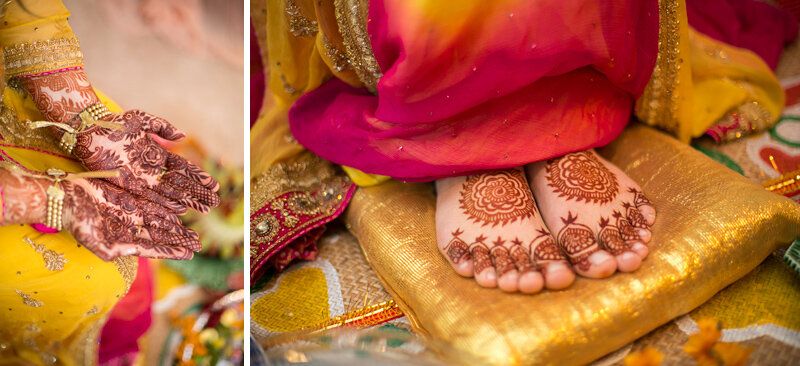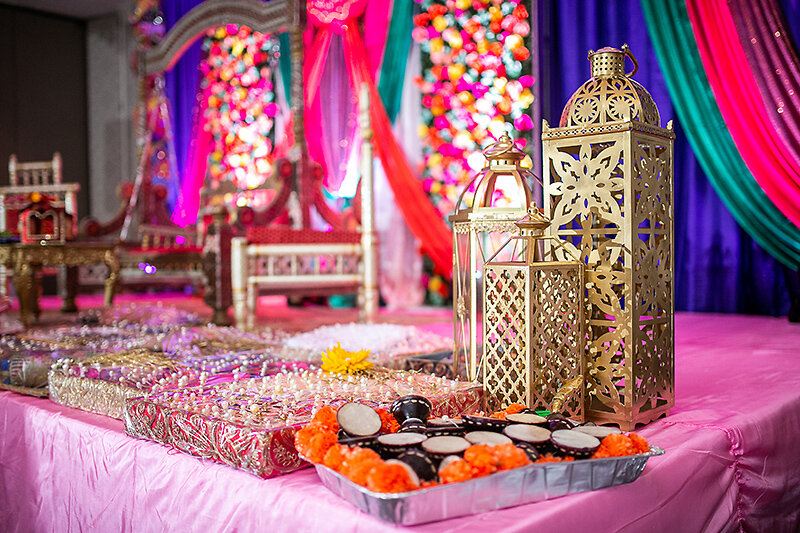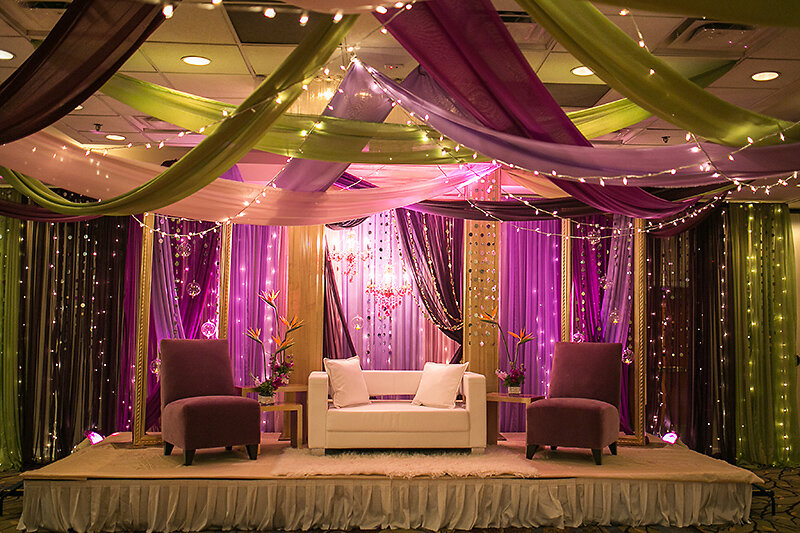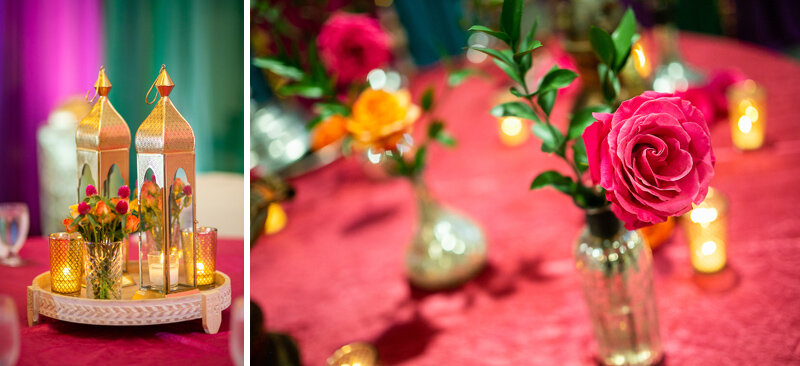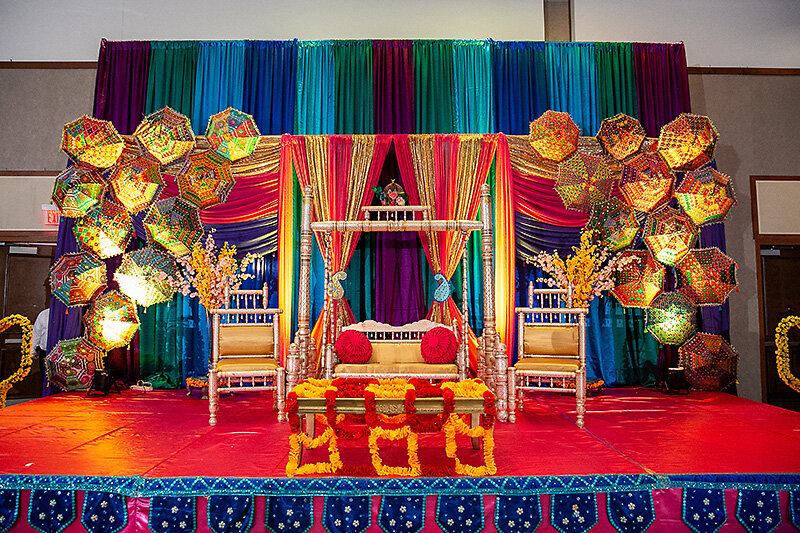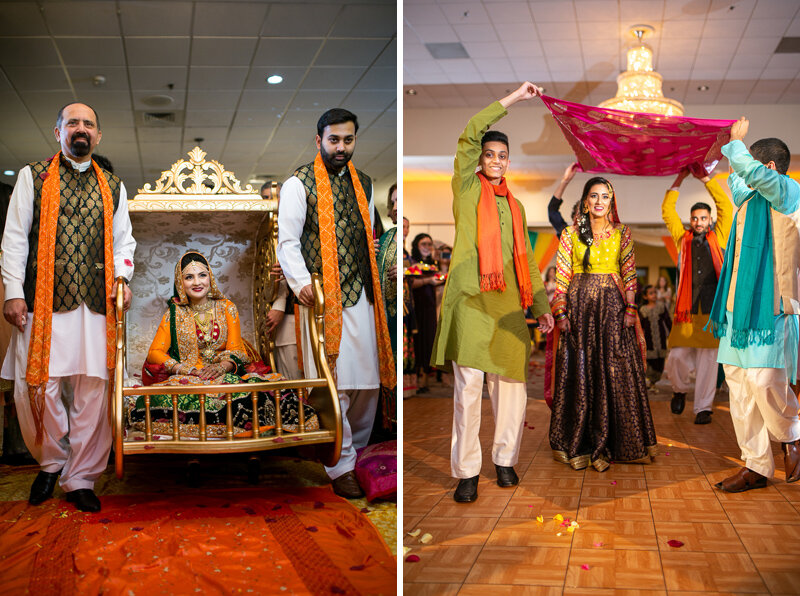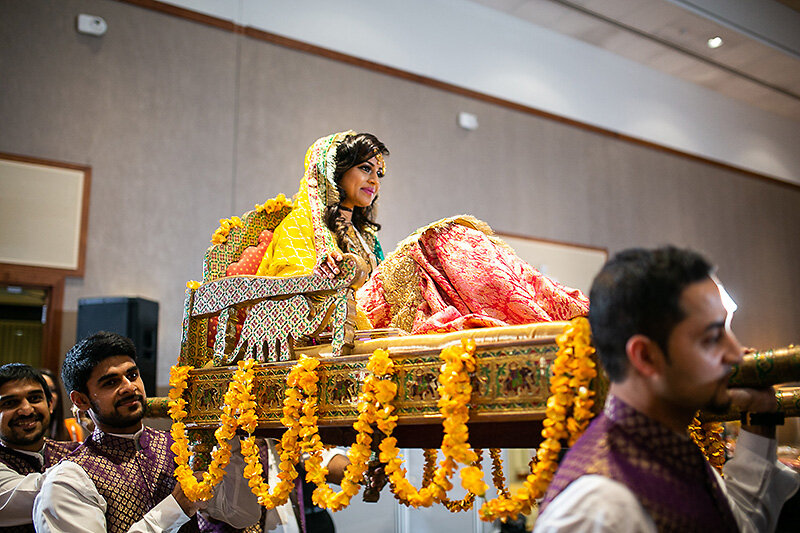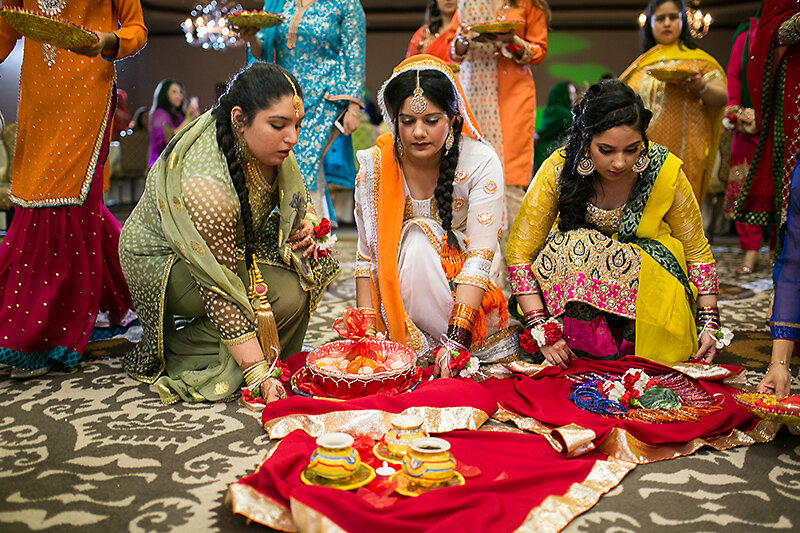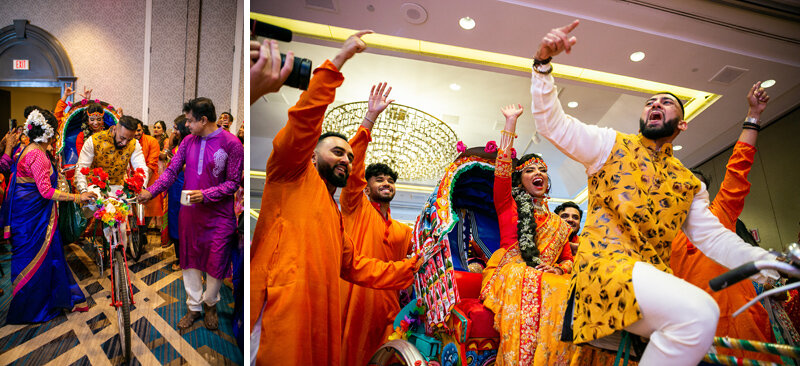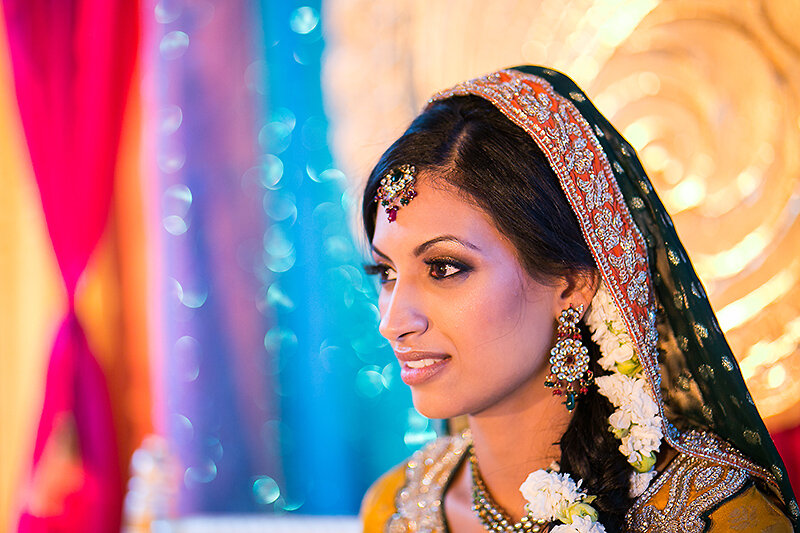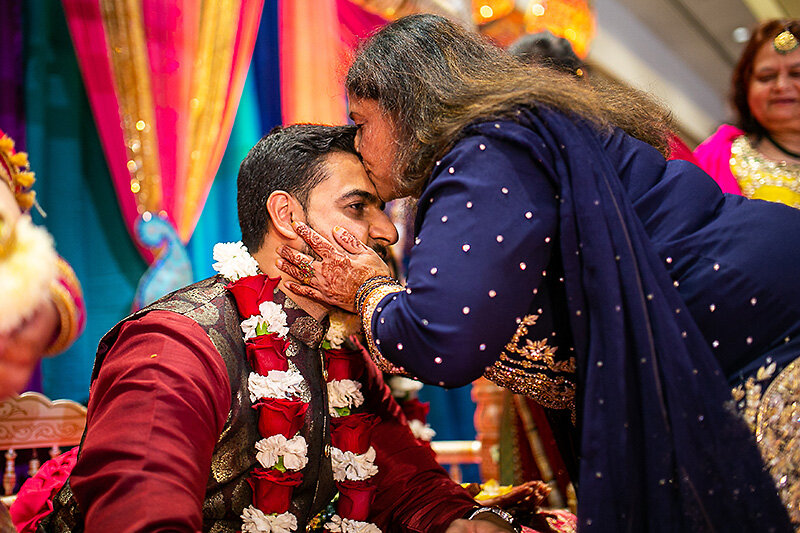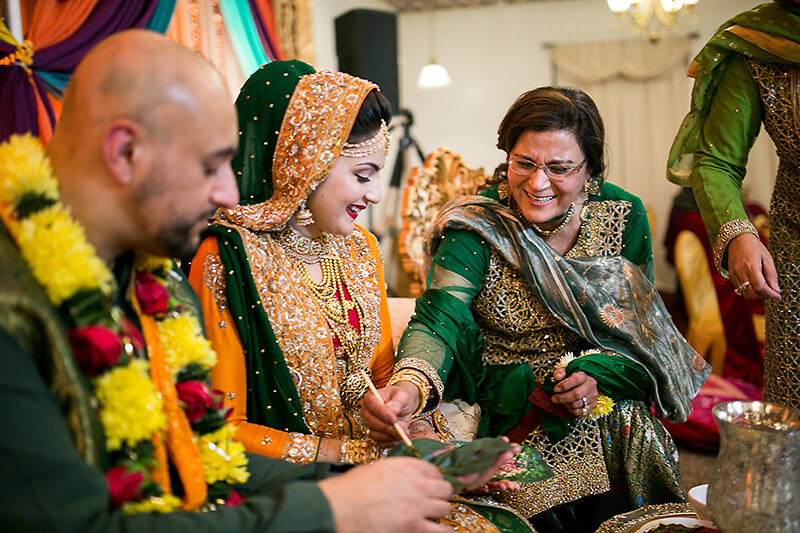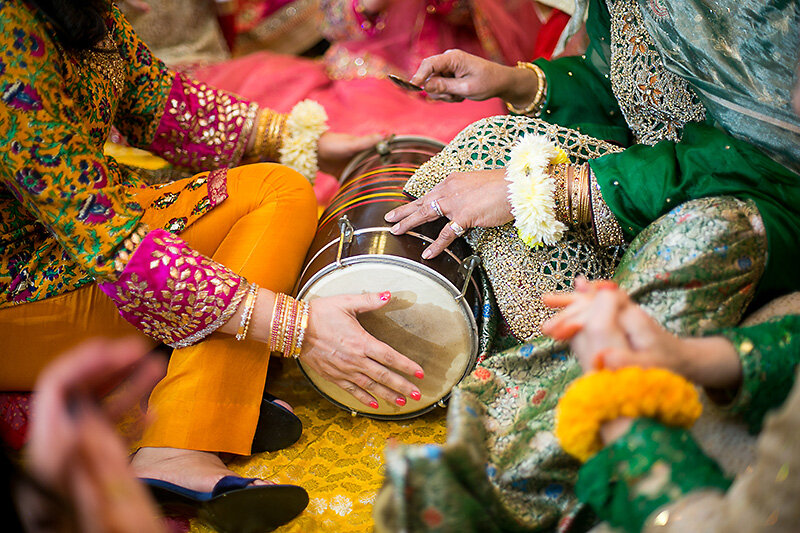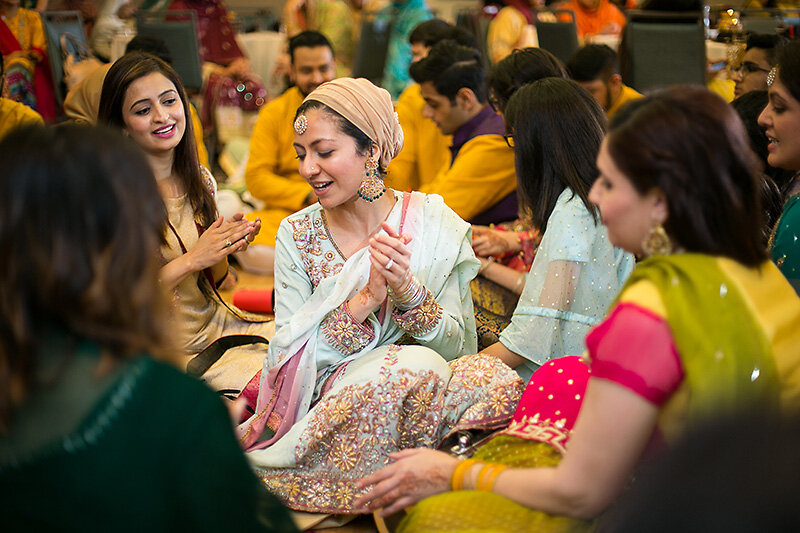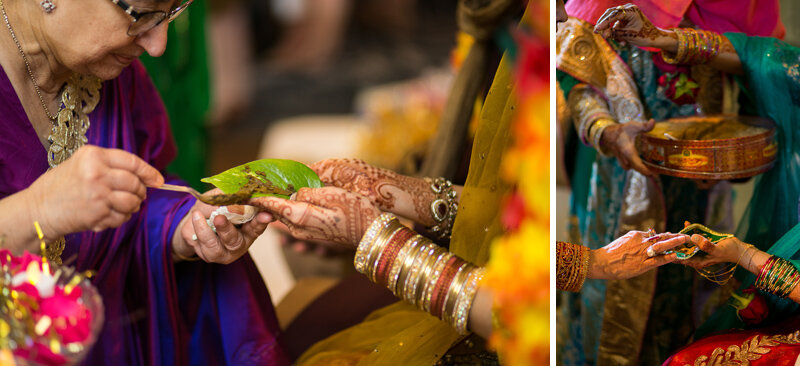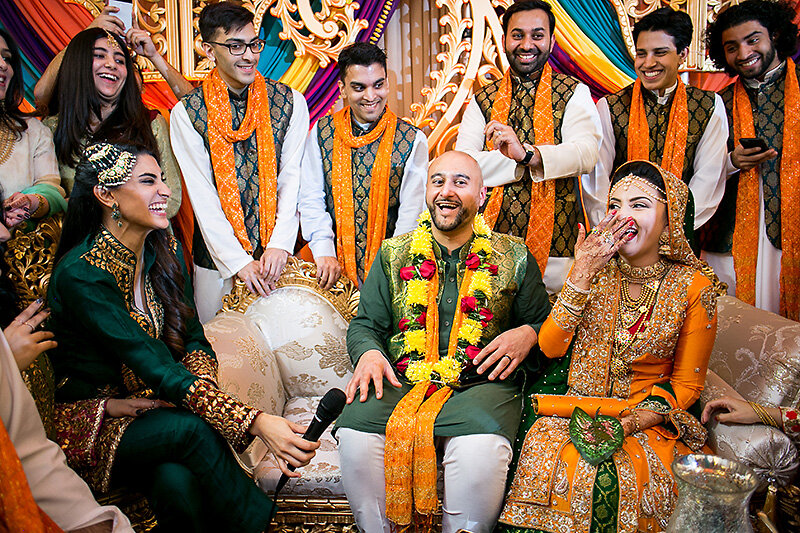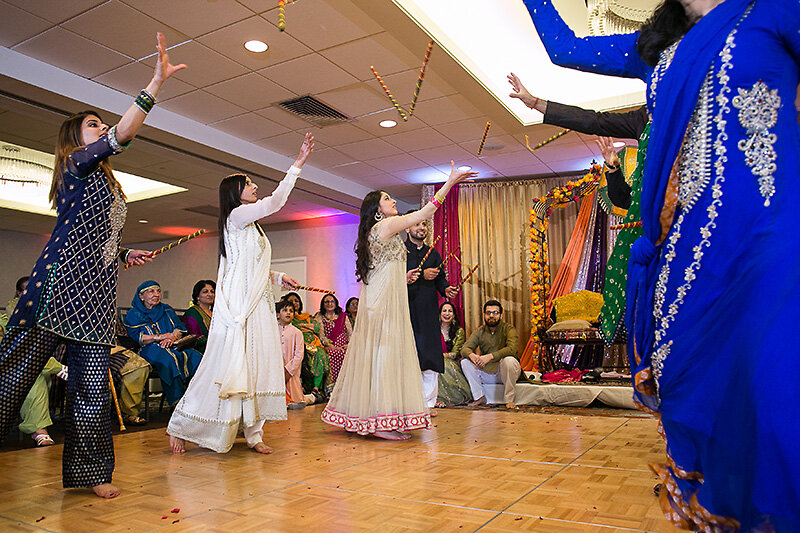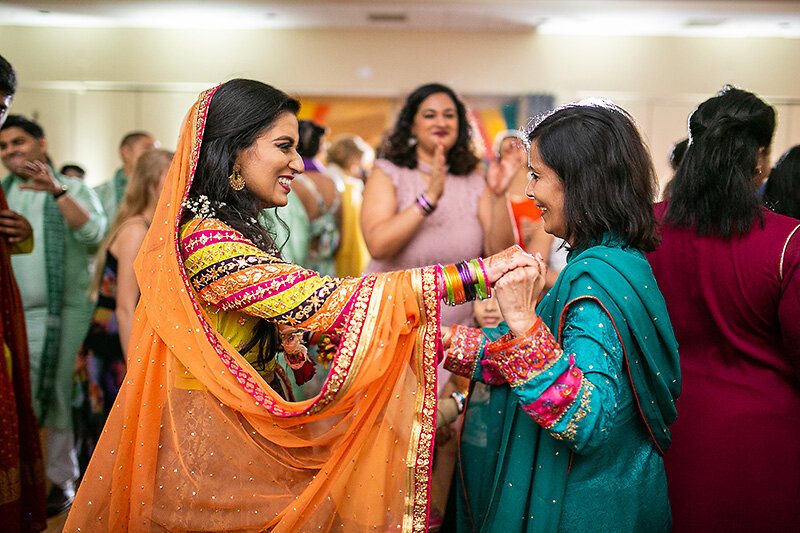Mehndi Love
Did you know that before I became a professional photographer, I worked as a mehndi artist? I never had a business, but as a new (and unemployed) mom, I created henna designs for clients at a salon near my home; before I started photographing weddings, I also did bridal mehndi for many of my friends, some of whose weddings I photographed, too:
Bridal mehndi is a process - it can take hours to apply (most pros can do your full arms and feet in 3-4 hours tops, but me - I take a good 6-7 hours, so it’s good that I’m in a different business now lol), and then you generally want to leave it on overnight, on all four extremities, in such a way that you don’t stain your clothes or sheets. Like said… a process!
I’ve been doing mehndi almost as far back as my memories go, when my mom told me how my grandmother would cover her palm with the paste and wrap her closed fist in a cloth overnight to make the stain as dark as possible the next day. I used toothpicks to draw designs from a bowl of henna powder mixed with water; in my teen years, I used chemical-laden, pre-made mehndi “cones” before i started making my own paste recipes with hibiscus tea and cloves, or coffee or black tea, lemon juice, sugar and essential oils, and rolling my own cones. I stopped doing my own mehndi when my kids were littluns - you never know when you’ll have to change a diaper, amirite? - but now I make sure that I have cones ready every Eid, and yes, I'll stay up until 3 a.m. doing designs on my own hands and feet even if I have to be up at 6 a.m. I LOVE this stuff.
But these days, I spend a lot more time photographing mehndi’d hands than I do around the actual stuff. A plethora of cultures across North Africa, the Arab world, and South Asia decorate their brides’ hands and feet with designs reflecting their roots. In many South Asian cultures, there’s a whole pre-wedding event dedicated to mehndi - traditionally, this was an all-female celebration of song and dance on the night a bride would have her mehndi done, but modern weddings often have a co-ed event with song and dance, and the bridal mehndi is usually done the day before… being such a process. But many will still hire an artist to attend the mehndi event and create small designs on guests’ hands.
On both the mehndi and wedding days, I usually try to get at least a few photos highlighting the bride’s mehndi on her hands and feet - the deep red-orange color and intricate design are an important part of how she is celebrating the significance of her wedding, because it’s the one time in her life that she’ll have *that much* mehndi on! Some brides will have special details - like the groom’s name - hidden in the pattern somewhere.
Mehndi event colors are usually vivid and varied - orange, yellow, bright green, pink, blues; Bangladeshi weddings often have a similar event, called a holud, that incorporates a few different rituals but many of the same ones as the Indian and Pakistani mehndi events. The couple sits on a stage like at the wedding, sometimes just as elaborate but much more colorful; family and friends come by the stage to symbolically apply mehndi to leaves on their palms, and feet them bits of sweets. The traditional hand-drum group songs and girls’ dance performances are often augmented into performed songs, expertly choreographed group dances or skits, and an open dance floor party to close out the night. Mehndis and holuds are a *blast* - exuberant color, music, celebration - and just as much fun to photograph as to participate in!
If you’re planning a mehndi - or holud, sangeet or other pre-wedding event, let me know how I can help you remember this day of celebration for years to come…
